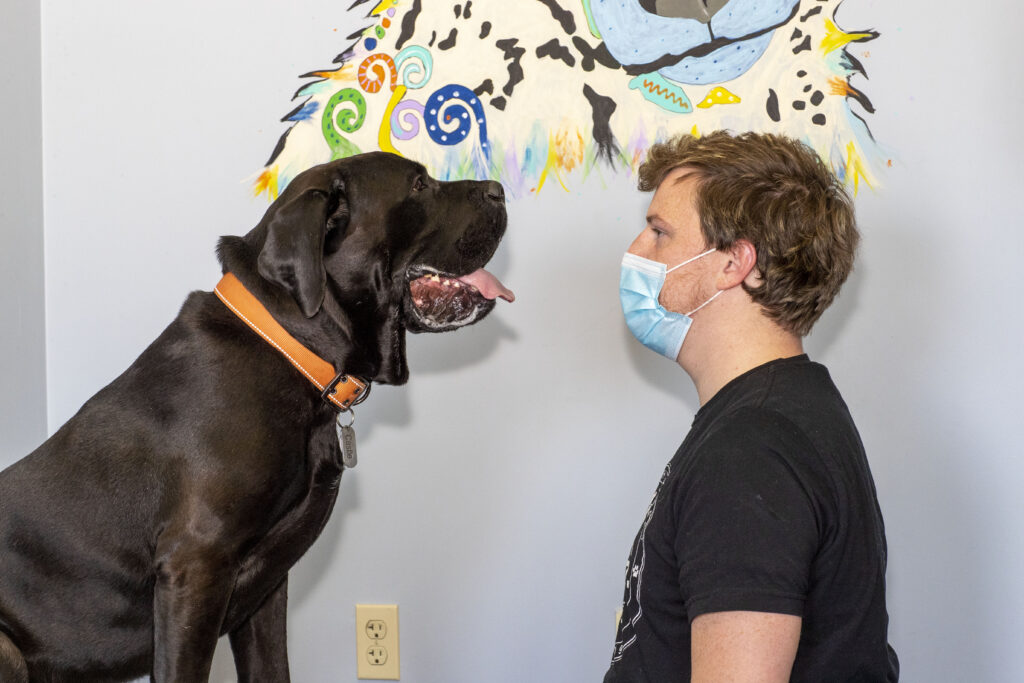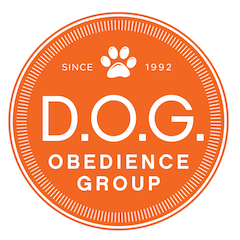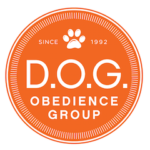
Being a professional dog trainer for more than 14 years I often hear clients tell me that their dog reacts negatively and does not like people in hats, the UPS driver, and or strangers in coats and other outward appearances of select people. Often the clients are lost to why these appearance factors cause their dog to negatively react or they conclude that their dog was, in its past, abused by someone wearing said article of clothing or had a certain appearance trait. While the latter thought of possible abuse could be the cause of this behavior it rarely is. Usually, the culprit of this behavior is a simple lack of understanding of what causes a dog concern and how those concerns manifest in the dog’s behavior.
Dogs primarily communicate through body language. A dog uses their entire body to communicate emotions of fear, submission, excitement, aggression, and stress. Their body language can, at times, be very simple and easy for the human eye to read and other body language may be very subtle and very difficult for owners to recognize. A small change in ear position, dilated eyes, or even the way they position their body towards another dog can tell a different story of how a dog currently feels and is communicating. I have observed a group of dogs in the dog park some years ago. Another trainer and I were observing and taking notes of various dogs’ body language we could see with the naked eye. At the same time, we had a video camera recording this dog play and interaction. Later we played the video at a slower rate of speed and took note of the body language we observed in the play groups. The results were unbelievable and quite striking. Until we were able to slow down the play action, and at times pause the footage, we did not realize that we had missed at least 60% of the actual communication going on between these dogs. This served to confirm our understanding of dogs and their reliance on body language as their primary method of communication. Another every day example would be to watch your own dogs playing. They make some noise, bark, and or growl from time to time, but everything else the silent communication of body language.
By now you may be asking yourself why I titled this “Masks and Your Dog” when all the observations I have discussed involve dog to dog communication. Let’s jump back to the opening discussion of dogs reaction to people in certain clothing or having certain appearance factors. Through training, dogs can create association with words we teach them (for example, telling a dog to sit). However, dogs primarily focus on our body language to understand how we feel and what we want. They are continually analyzing us throughout the day to better understand and coexist with us in this world. Dogs have to pay extra attention as our body language is different from theirs and our body language may not always be consistent. Direct eye contact from a strange dog can be threatening, whereas direct eye contact from a human often means a friendly greeting. Dogs showing teeth can often be seen as aggression, but we smile and show our teeth all the time. Essentially your dog is learning a second language.
Clothing can directly affect what the dog is able to see and understand. When something interrupts the dogs ability to analyze and read a person’s body language, that dog can become fearful, apprehensive, and even reactive. A hat on the head can reduce a dog’s ability to read and understand what eyes, eyebrows, and or half a person’s face is communicating. Large, oversized coats can reduce dogs’ ability to read what people’s arms and torso are communicating. Colors can also be a source of confusion and concern for dogs. Dogs are unable to see many colors and as a result, when some objects, to include uniforms, are darker they can make it even more difficult for the dog to decipher human body language.
This past year has brought new challenges with a new piece of “clothing” and covering, the facial mask. The mask covers a vital part of the human’s face when it comes to communication with a dog. Dogs read facial expressions to better understand what we may be communicating. (happy, sad, angry, etc.) Our face and words are our primary form of communication and the dog has learned to look there first. Taking away the dog’s ability to see facial expressions and clearly understand what the person is saying can cause fear and or stress in an initial greeting. The mask may also be in addition to a hat, uniform, coats, glasses, and other appearance factors. The dog will then have a much harder time reading a person’s body language. While many dogs do not and never will have an issue with this, there are many who become stressed when they are unable to gather any non-verbal information from a person they are meeting that may be wearing a mask. When this happens, we generally see a fight or flight response from the dog as a reaction to an uncomfortable or concerning situation. Unfortunately, most encounters like this involve the dog on leash therefore denying them the option of flight. With fight as their only natural reaction remaining, a dog may lash out by growling, lunging, and even attempting to bite. A dog in this situation will do everything it can to communicate that it is not comfortable and it wants the scary person to back away. Unfortunately, we are often not able to predict a reaction.
I have seen these behaviors many times before. Since mask mandates were put in place, I have seen a rise in clients trying to deal with in these fearful and aggressive behaviors in dogs that are generally friendly and typically not reactive or fearful. The conclusion isn’t that dogs just don’t like masks. We are simply seeing dogs put into unique situations that they have not had a chance to be in and be helped through with their owner or a trainer. The dog may revert to friendly if the person quickly removes the item that may be triggering the fear response. This is relatable to human behavior as we can all understand how the lack of understanding or unknown can cause anxious or even fearful emotions at times. In the dog’s case, their inability to understand what they are seeing causes these same emotions and behaviors.
There are varying opinions as to mask mandates and this overview is not intended to express a view on mandates, but only to bring awareness of the effect this change in a person’s appearance may affect their dog or any dog with which they may come in contact. My suggestion is that people remain aware of possible stresses to dogs while wearing a mask in the presence of dogs. If you are to approach a new dog while wearing a mask, then it would be advisable to remove the mask until you can confirm whether a dog has been trained and acclimated to people wearing masks. Allow the dog to observe you and settle in before placing the mask back on your face. If your occupation or volunteering involves working with dogs I would suggest not wearing a mask. If you work with a variety of new dogs daily, this could be a safety concern for you since you may not be able to determine a negative reaction until that reaction actually happens. Lastly, for the dog owner that is out in public places where dogs may be welcome, be cautious of approaching another dog or allowing greetings of your own dog by those wearing a mask. Allow your dog to investigate at the dog’s own pace and be diligent in watching for signs of stress or fear.
It is possible for most dogs to acclimate and be desensitized to masks, hats, coats, and other appearance factors. For those dogs where these situations are challenging or when in doubt, patience, awareness, and accommodating the dog’s needs and concerns is the best practice.
Chris White – ABCDT, KPA-CTP, CCPDT-KA
Owner, Dog Obedience Group
Blue Springs, Missouri

